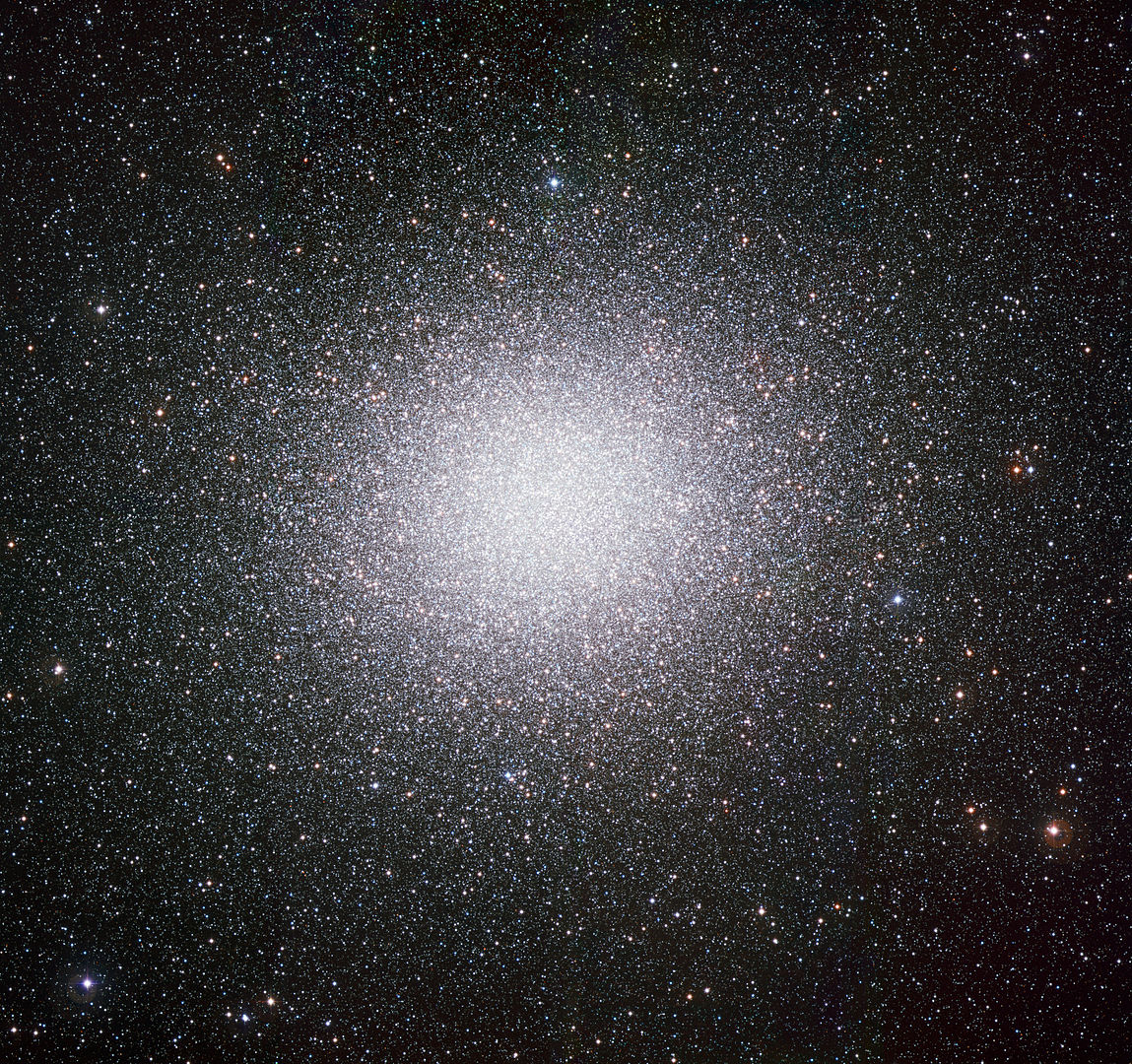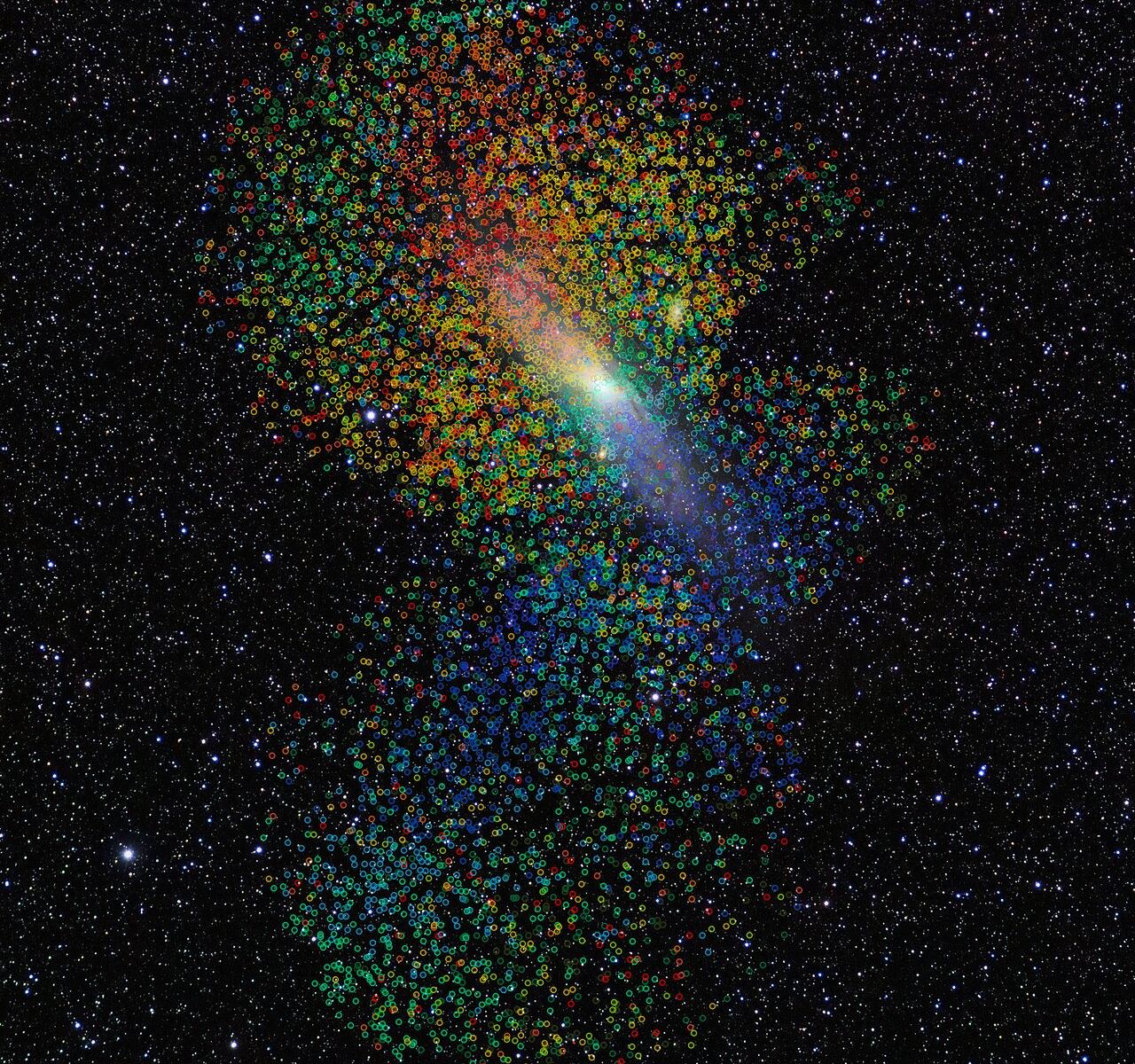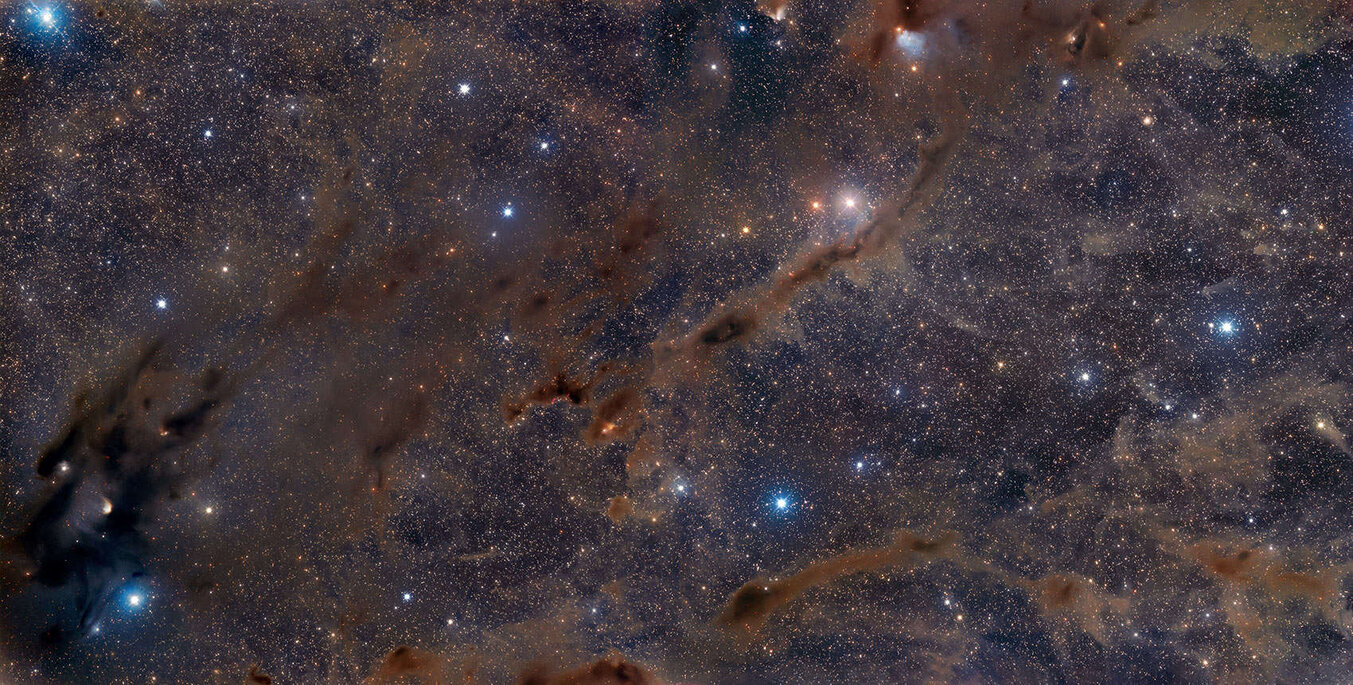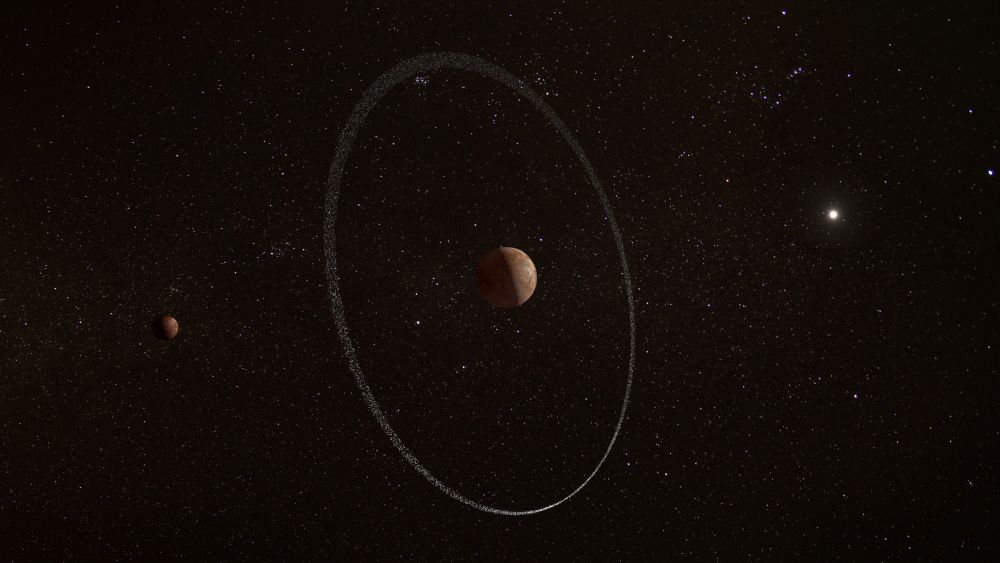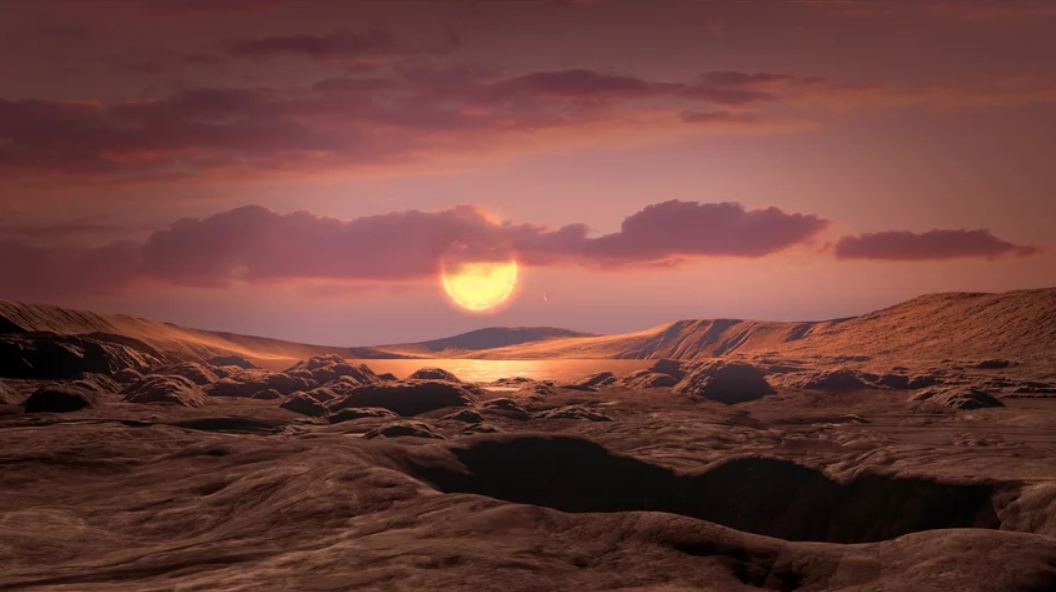Supermassive black holes (SMBHs) lurk in the center of large galaxies like ours. From their commanding position in the galaxy’s heart, they feed on gas, dust, stars, and anything else that strays too close, growing more massive as time passes. But in rare circumstances, an SMBH can be forced out of its position and hurtle through space as a rogue SMBH.
Continue reading “Astronomers Spot a Rogue Supermassive Black Hole, Hurtling Through Space Leaving Star Formation in its Wake”Astronomers Spot a Rogue Supermassive Black Hole, Hurtling Through Space Leaving Star Formation in its Wake


